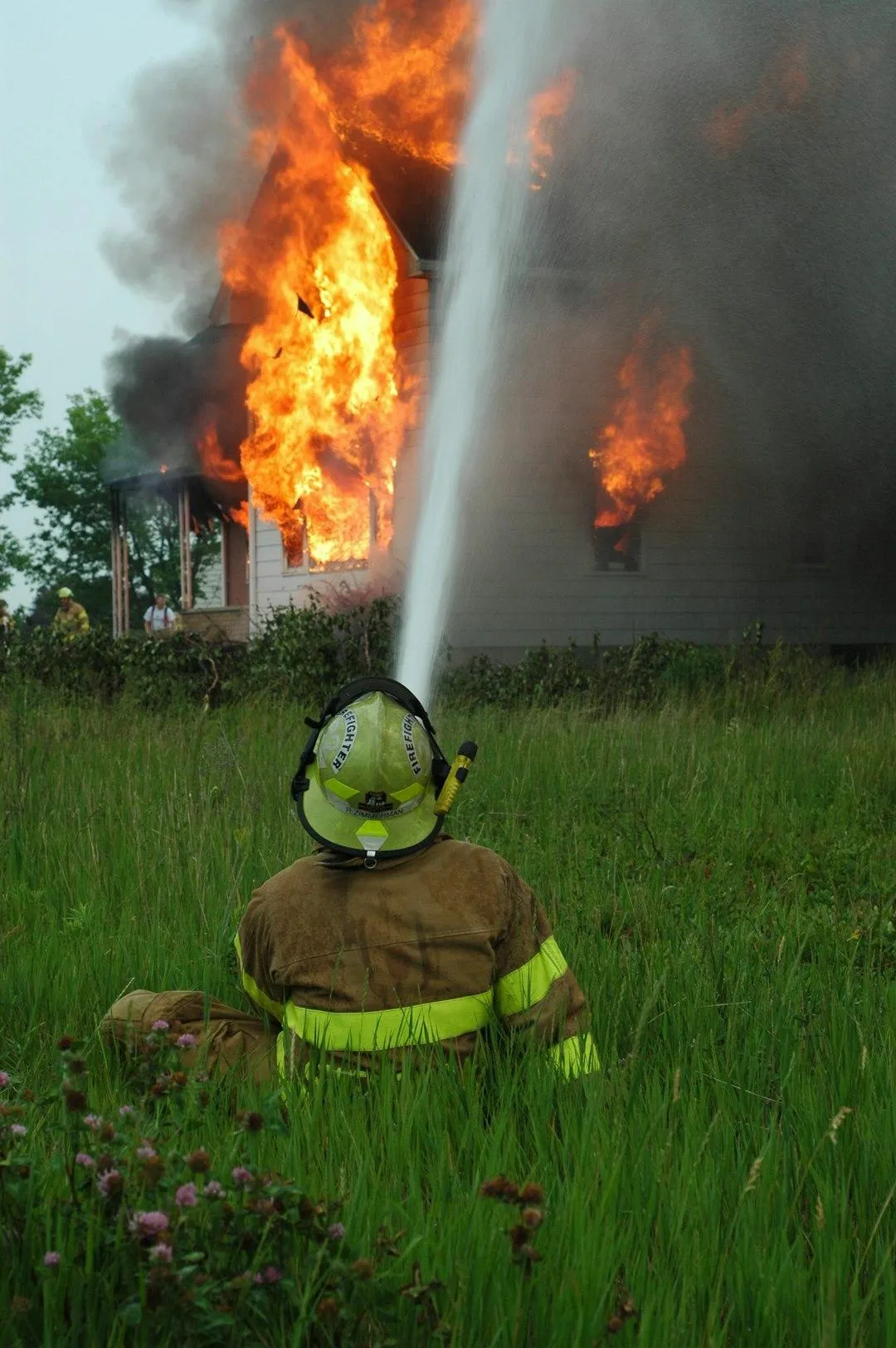
Does a home fire extinguish your mortgage obligations?
Does a home fire extinguish your mortgage obligations?
Mortgage Implications Following a Natural Disaster: Our Comprehensive Gordon Guide
Today, we’re delving into a critical topic: the fate of a mortgage when a home succumbs to a fire or natural disaster. The January 2025 Los Angeles wildfires—devastating swathes of Southern California—provide a timely case study. This article examines the persistence of mortgage obligations, the roles of FEMA and homeowners insurance, the decision to rebuild or settle the loan, and the complexities of selling a ravaged property. Let’s explore these intricacies with the latest data and insights.
Mortgage Obligations Persist Despite Destruction
When a natural disaster obliterates a residence, the mortgage endures undeterred. Consider a $400,000 property financed with a 20% down payment ($80,000) and a $320,000 loan. Should a wildfire reduce it to ashes, the borrower remains liable for the outstanding $320,000, less any principal repaid. The lender’s claim to repayment remains intact, irrespective of the home’s physical state.
Relief mechanisms, however, are accessible. Post-disaster, most mortgage servicers extend forbearance, permitting payment suspension or reduction for 3 to 12 months. Following the LA wildfires, Fannie Mae encouraged affected borrowers to promptly contact their servicers to secure this respite—avoiding late fees and credit penalties. Borrowers should initiate this process swiftly, maintaining payments until the arrangement is formalized.
Homeowners Insurance: A Pivotal Resource
Homeowners insurance serves as the primary bulwark in such scenarios. Mandated by lenders, it typically encompasses fire damage—like that inflicted in LA. For our $400,000 example, a successful claim might yield funds to reconstruct, net of a deductible ($1,000-$5,000). A total loss could garner the full insured sum, potentially offsetting the mortgage. Yet, processing delays are prevalent; X posts post-LA wildfires highlighted weeks-long waits for adjusters amid a deluge of claims—hundreds of homes were lost. Complications arose with insurers like State Farm, which terminated 1,600 policies in Pacific Palisades in 2024, exacerbating coverage gaps.
Rebuilding vs. Mortgage Payoff: A Strategic Dilemma
Upon receiving an insurance payout, borrowers confront a pivotal choice: reinvest in rebuilding or liquidate the mortgage? This hinges on interest rate dynamics. Suppose the original loan, secured in 2021, carries a 3.5% rate on $320,000, yielding a monthly principal-and-interest payment of $1,437. Current rates, as of March 4, 2025, stand at 6.84% per Bankrate; a new $320,000 loan at this rate escalates payments to $2,103—a $666 monthly increase. Retaining the favorable 3.5% loan and rebuilding with insurance proceeds may be prudent if construction costs align. Conversely, a 7% loan from 2023 ($2,130 monthly) might favor payoff with insurance funds, especially if rebuilding expenses inflate or relocation is preferred. This calculus—contrasting existing versus prevailing rates—merits careful consideration with clients.
FEMA: Supplementary Assistance
The Federal Emergency Management Agency (FEMA) activates when a disaster declaration is issued, as occurred in LA in January 2025, prompting over 24,000 aid applications (NPR). FEMA doesn’t directly retire mortgages or finance reconstruction but offers up to $42,500 per household for uninsured losses—temporary housing, minor repairs, or essentials—post-October 2023 disasters. Insurance claims precede FEMA aid; documentation of settlements or denials is requisite (apply via DisasterAssistance.gov or 800-621-3362). X feedback from LA underscored delays, with bureaucratic hurdles and rent surges (60-100% in fire zones, per Brookings Institution) complicating recovery.
Selling Post-Disaster: A Formidable Challenge
Opting to sell a destroyed property introduces further complexity. The asset transitions to mere land—perhaps with remnants of a foundation—diminishing its marketability. In LA’s affluent Pacific Palisades, where median prices exceed $3 million, J.P. Morgan estimated $10 billion in insured wildfire losses in January 2025. Property values plummet post-catastrophe; Congressional Budget Office research indicates wildfire-impacted areas experience sharp initial declines, with lots fetching 20-40% of prior worth. Selling land for $150,000 against a $320,000 mortgage leaves a $170,000 deficit. Insurance may mitigate this, but shortfalls necessitate lender negotiations—perhaps a short sale—or personal funds. X reports cited California FAIR Plan delays and title impediments (e.g., lost deeds, persistent tax liens), while LA County provides tax relief forms to reassess damaged properties.
Insights from the LA Wildfires
The LA wildfires illuminated systemic challenges. Insurance faltered—State Farm’s withdrawal forced reliance on the sluggish FAIR Plan, with NBC News noting unresolved claims lingering from 2021 into 2025. FEMA offered partial relief, though NPR cited its chief advocating SBA loans (up to $500,000) for the uninsured. Selling proved arduous; Vox reported 150,000 evacuations glutted the market with lots, depressing prices amid soaring rents.
Synthesis and Guidance
In summation, a demolished home leaves the mortgage intact, tempered by forbearance options. Insurance is foundational yet prone to delays, with FEMA supplementing shortfalls in declared disasters. The rebuild-or-payoff decision pivots on rate comparisons—low legacy rates favor reconstruction, higher ones suggest debt clearance. Selling post-disaster grapples with diminished values and lingering obligations. Equip your clients with this counsel: “Post-disaster, engage your servicer, pursue insurance, assess FEMA eligibility, and strategize rebuilding or selling.” The LA experience underscores the ordeal, but your expertise can navigate it. Expect further updates next week—stay astute, realtors!
